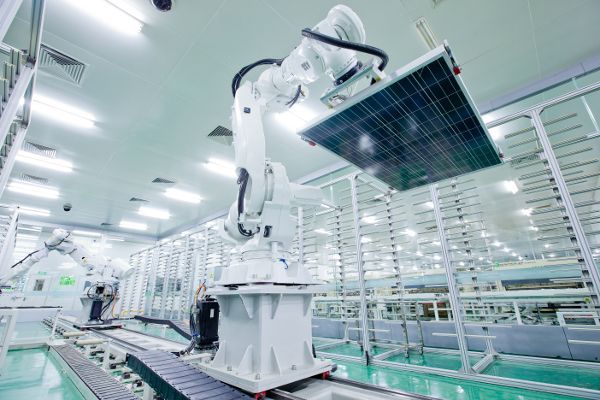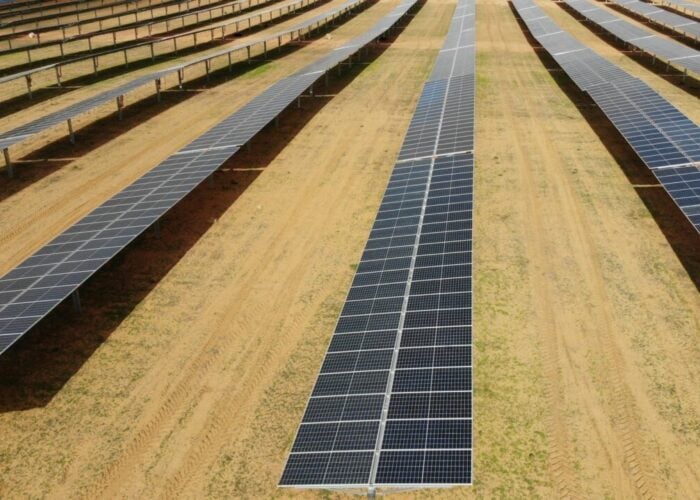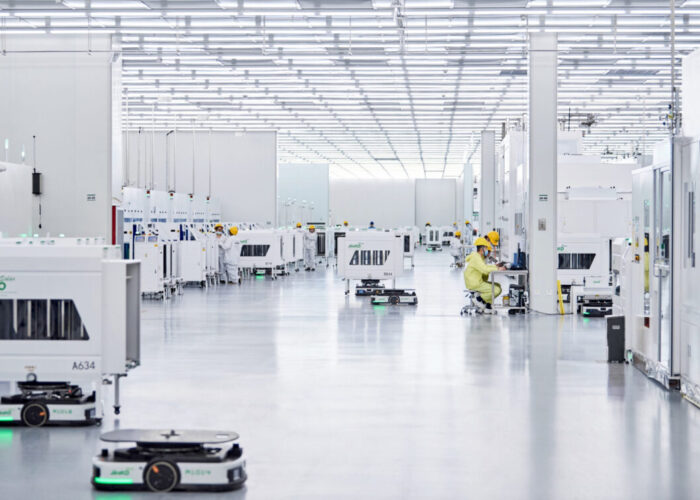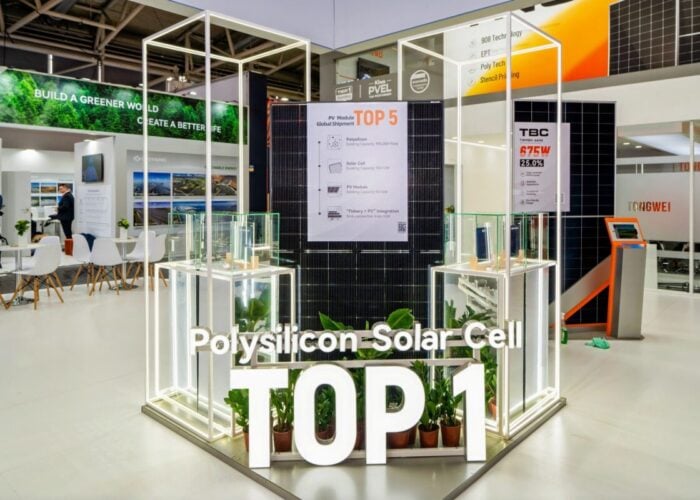
JinkoSolar has downgraded its 2021 capacity expansion plans on the back of prevailing supply chain and market conditions.
The ‘Solar Module Super League’ (SMSL) member revealed within its Q1 2021 results disclosure that it has revised its capacity expansion plans for this year, confirming that the manufacturer’s solar wafer, cell and module production capacities stand to reach 30GW, 24GW and 32GW by the end of this year respectively.
Unlock unlimited access for 12 whole months of distinctive global analysis
Photovoltaics International is now included.
- Regular insight and analysis of the industry’s biggest developments
- In-depth interviews with the industry’s leading figures
- Unlimited digital access to the PV Tech Power journal catalogue
- Unlimited digital access to the Photovoltaics International journal catalogue
- Access to more than 1,000 technical papers
- Discounts on Solar Media’s portfolio of events, in-person and virtual
This is a downwards revision on the forecasted capacities given at JinkoSolar’s full year 2020 financial results disclosure. The company previously expected to finish 2021 with solar wafer, cell and module production capacities of 33GW, 27GW and 37GW respectively.
JinkoSolar said it had revised its capacity expansion plans for this year after “taking into account supply chain and market conditions”, notably pointing towards spiking polysilicon and logistics costs forcing companies to increase module prices, dampening end market demand.
The company did, however, confirm it expects demand to return in the second half of this year, and has reaffirmed the module shipments guidance of 25 – 30GW that it provided at the start of the year.
Jinko’s gross margin for the reporting period was also higher than forecast – 17.1% instead of the 12 – 15% forecast at the beginning of the year – however the company still expects full year gross margin to fall within the 12 – 15% range. Nevertheless, Jinko’s margins have shrunk on recent periods: the manufacturer reported a margin of 19.5% in Q1 2020.
JinkoSolar recorded module shipments of 4,562MW in the three-month period ended 31 March 2021, up 33.7% year-on-year, with a further 792MW of solar cell and wafer shipments also recorded in the opening quarter.
This contributed towards revenue of RMB7.94 billion (US$1.21 billion), down 6.4% year on year, while gross profit slipped 18% to $207 million, indicating the sharp impact raw material pricing volatility had on solar manufacturers in the opening three months of the year.
That performance led the company to report an overall net income of US$33.7 million in Q1 2021, down 21.7% year-on-year.
Xiande Li, chairman of the board of directors and CEO at JinkoSolar, said it was the company’s strategy to manage its supply chain carefully throughout the period, focusing on making improvements to manufacturing processes to ease pressure on costs.
“During the first quarter, the imbalance between polysilicon supply and strong downstream demand as well as many other factors continued to increase module prices on top of many factors, but we believe this impact on downstream customers is temporary,” he added.
Li also said the company would adjust its production volumes and shipment structure according to market conditions in order to reduce the impact of pricing on its profitability. While Jinko gave no precise figure for its utilisation rate in either the results disclosure or its analyst call, Gener Miao, the company’s chief marketing officer, told analysts that whilst the polysilicon price remains high, it was his expectation that manufacturer utilisation rates across the board would be higher in H2 than in H1.
Meanwhile, JinkoSolar also confirmed that it had completed the construction of a high-efficiency laminated perovskite cell technology platform that it said was expected to produce a breakthrough cell conversion efficiency greater than 30% within the next year. No further details were provided during the presentation, however again Miao provided additional colour for analysts, stating his belief that the perovskite cell technology would not be ready for commercial production for another three to five years.






